High quality nocturnal depiction -
Probably exterior of a convent located near Florence-
Author Fabio Borbottoni (Florence 1820-1901)
frame size 57 x48 cm painting 39.5x 30.5 cm
Fabio Borbottoni (Florence, 1820 – 1901) at the age of twenty enrolled at the Academy of Fine Arts in Florence to attend the sculpture course. In reality he then turned towards painting and in particular towards views. He specializes in landscapes and urban views of Florence, almost all made in oil on paper, with a philological attention to reality.
He made his debut in 1846 in Florence, but his success came in the 1950s, when he exhibited views of the old city, church interiors and picturesque views. In the meantime, Fabio Borbottoni works in the railways, but never abandons his painting activity, to which he dedicates himself with passion and dedication.
Before the urban renovation carried out by the architect Giuseppe Poggi, Borbottoni created the views of a Florence that disappeared shortly after, precisely because of Poggi's interventions.The activity of view painter
Characterized by a sort of "metaphysical" silence, the glimpses that the artist gives us reflect a medieval Florence, enclosed in its walls and its historic squares, surrounded by churches and palaces.
The Arno and its bridges appear in sincere and austere views, just like the Florence of the time. The palette, not too bright, oscillates between shades of ocher and grey, giving an even more severe dimension to the city.
In any case, the precise and refined views of the city represent a faithful and important documentation of the geography of Florence, which led Fabio Borbottoni to considerable success. He died in Florence in 1901. His works are preserved in the Collection of the Cassa di Risparmio di Firenze.Fabio Borbottoni: the austere landscapes of Florence
As early as the 1940s, as soon as he finished his academic studies, Fabio Borbottoni dedicated himself to the views of Florence. He made his debut in 1846, when he exhibited six works with lively and animated glimpses of his city.
Among them are Lateral part of S. Gaetano, Little boy joking with a bird, Piazza del lino in the Florence market, Staircase of the archive behind Orsanmichele. Two years later he exhibited Pifferari Calabresi and S. Carlo in via dei Calzajoli.
Fabio Borbottoni made his official debut at the Promotrice di Firenze in 1851. He exhibits Interior of the Cathedral of Florence, San Francesco di Fiesole and Badia di Fiesole. These oils on paper are elegant and severe at the same time and contain a precision entirely linked to the conception of spaces of the Florentine fifteenth century.
A clear perspective and a color that is not too bright are the two elements that immediately stand out to the eye, together with an unusual modernity.
In 1854 in Genoa he exhibited Interior of a convent and Interior of the Certosa of Florence, while in 1859 in Florence he presented an Effect of night. Fabio Borbottoni returns to exhibit in 1875 with Coro di Carthusians, and then again in 1883 with View of the Cloister of Santa Croce (moon effect).
Three years later, again at the Florentine Promotrice, he exhibited the Green Cloister of Santa Maria Novella and View of the Boboli Gardens taken from the Statue of Abundance under the Belvedere Fort. In 1888 he participated in his last exhibition presenting other views of his city such as Florence taken from via delle Forbici near San Domenico in Fiesole.


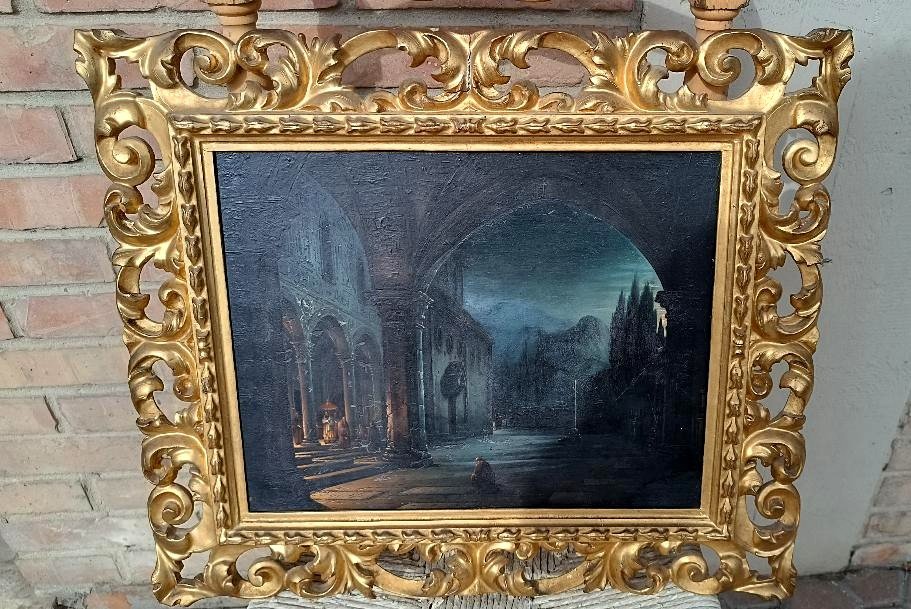


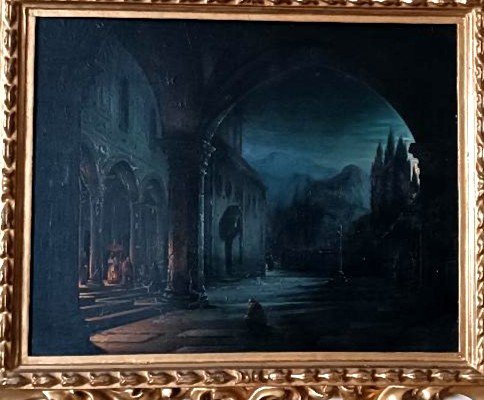
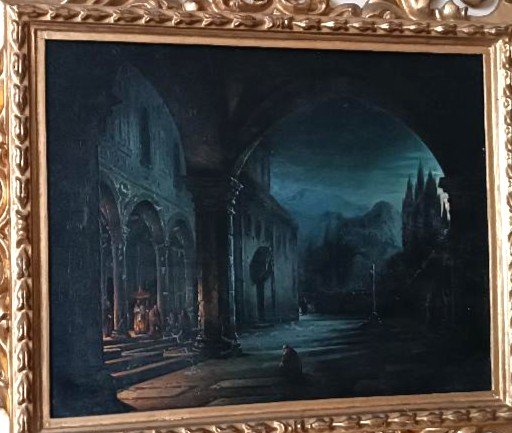
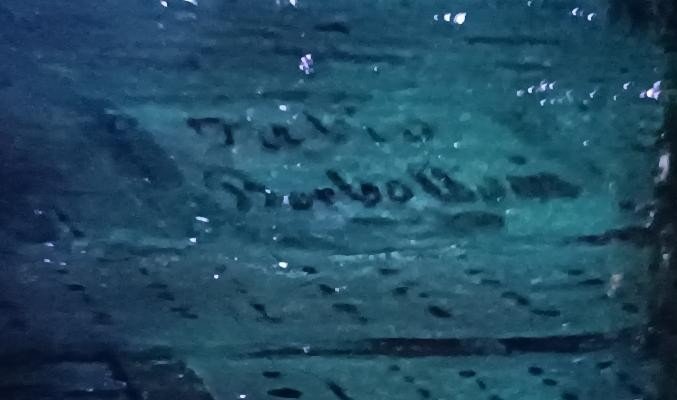

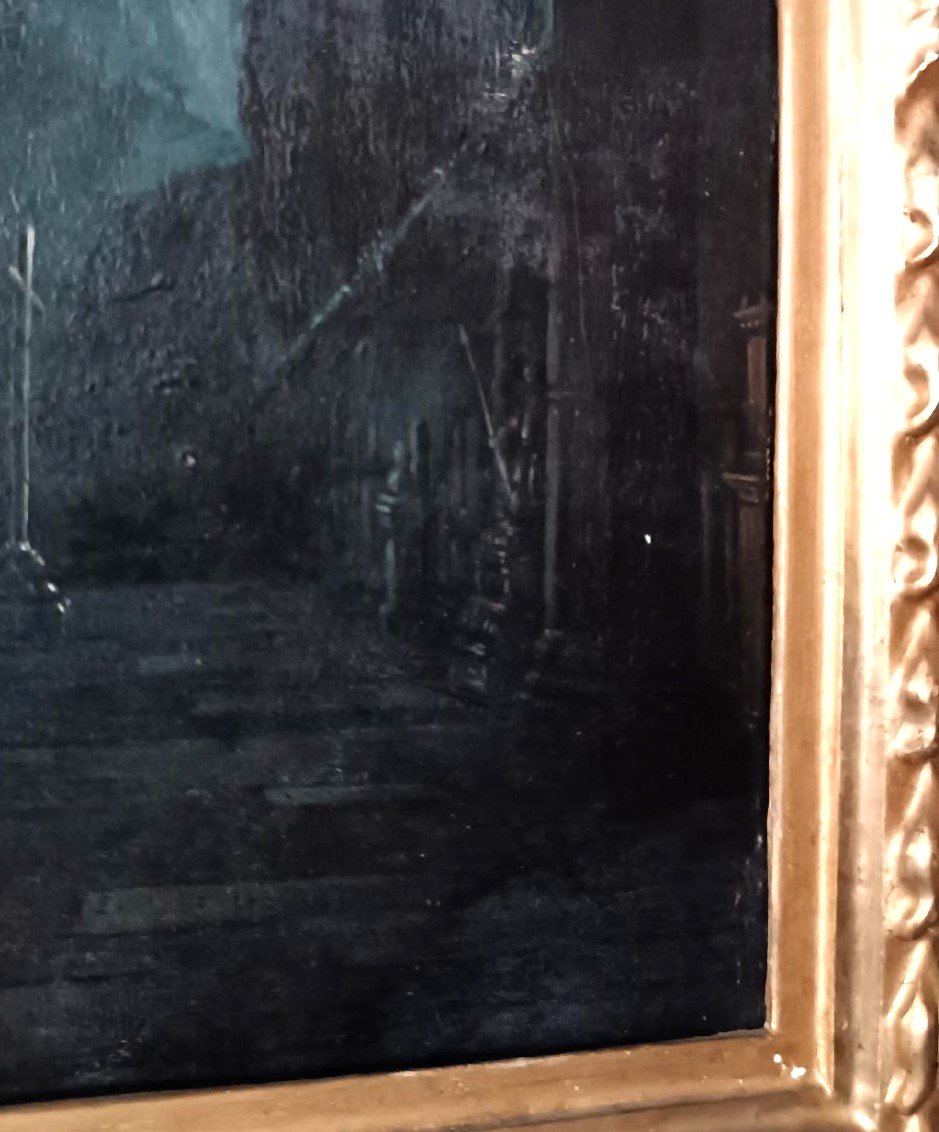

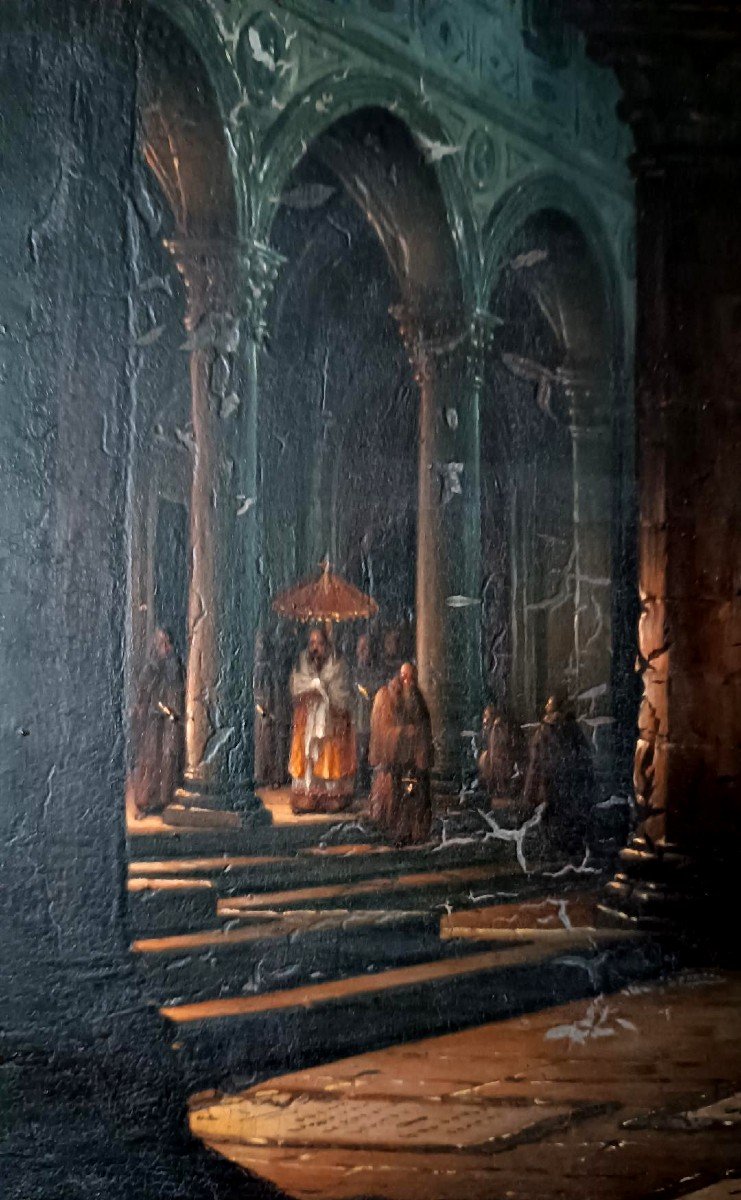
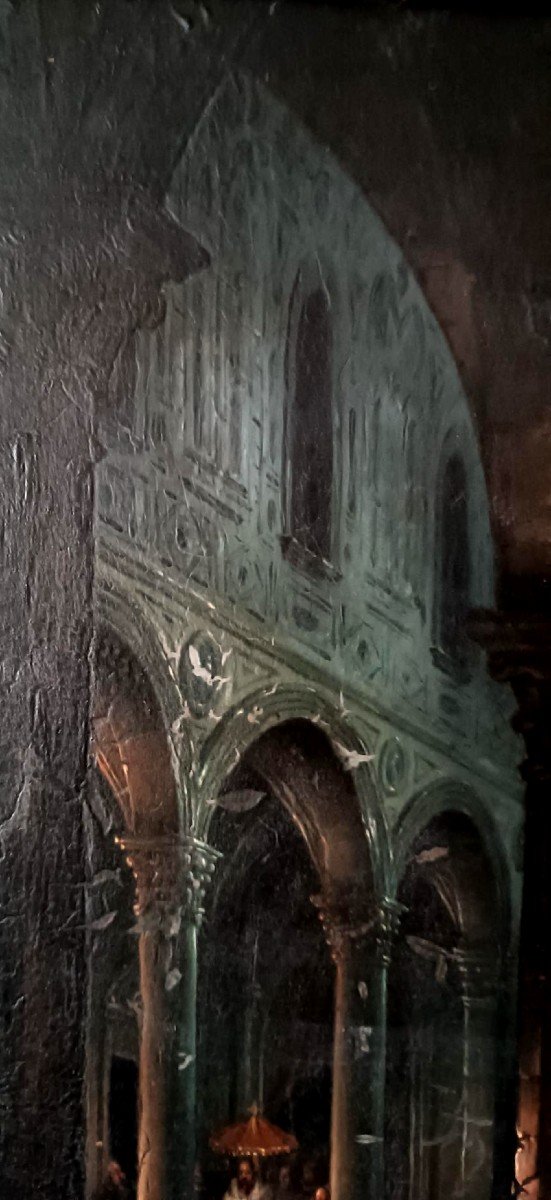


















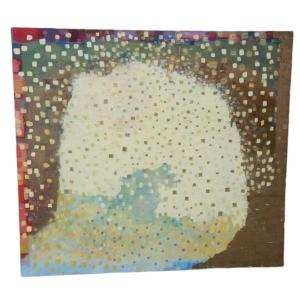



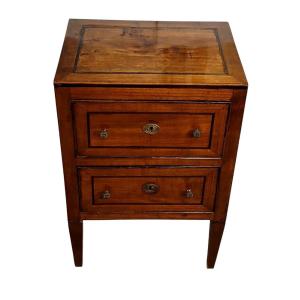






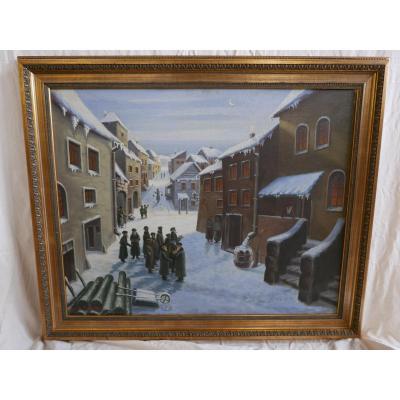

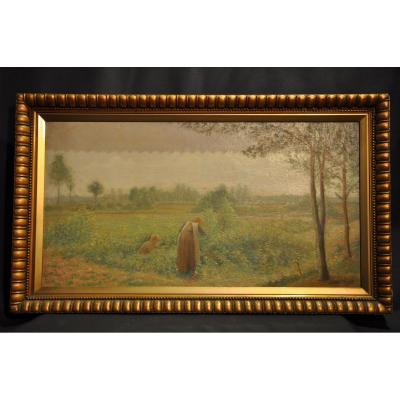
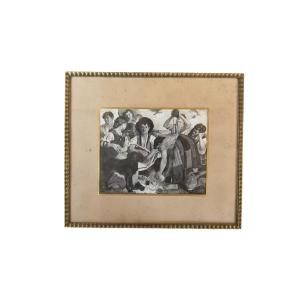
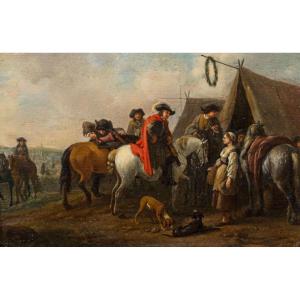



 Le Magazine de PROANTIC
Le Magazine de PROANTIC TRÉSORS Magazine
TRÉSORS Magazine Rivista Artiquariato
Rivista Artiquariato